By Anne Miller (reprinted from the November 2011 IWRC newsletter)
A ground-breaking session on Reuniting and Fostering Wildlife was one of the highlights of the IWRC Symposium in Ft. Lauderdale this November. A panel of seven speakers described methods of reuniting and fostering most species of native North American wildlife in a series of half-hour programs that provided persuasive proof that reuniting healthy young wild animals with parents should be ‘an obligation, not an option’ in nearly all situations. The presentations underscored the fact that juveniles raised in the wild by their own parents learn valuable skills such as prey recognition and predator avoidance that are hard to teach in a rehab setting. Older juveniles also benefit significantly from the protection of parents during the vulnerable period while they are becoming independent.

Leave a Reply
You must be logged in to post a comment.